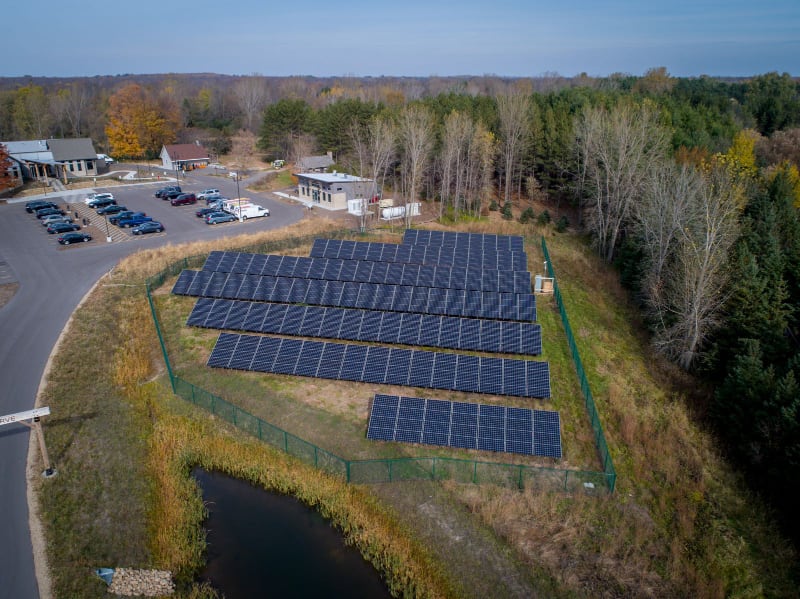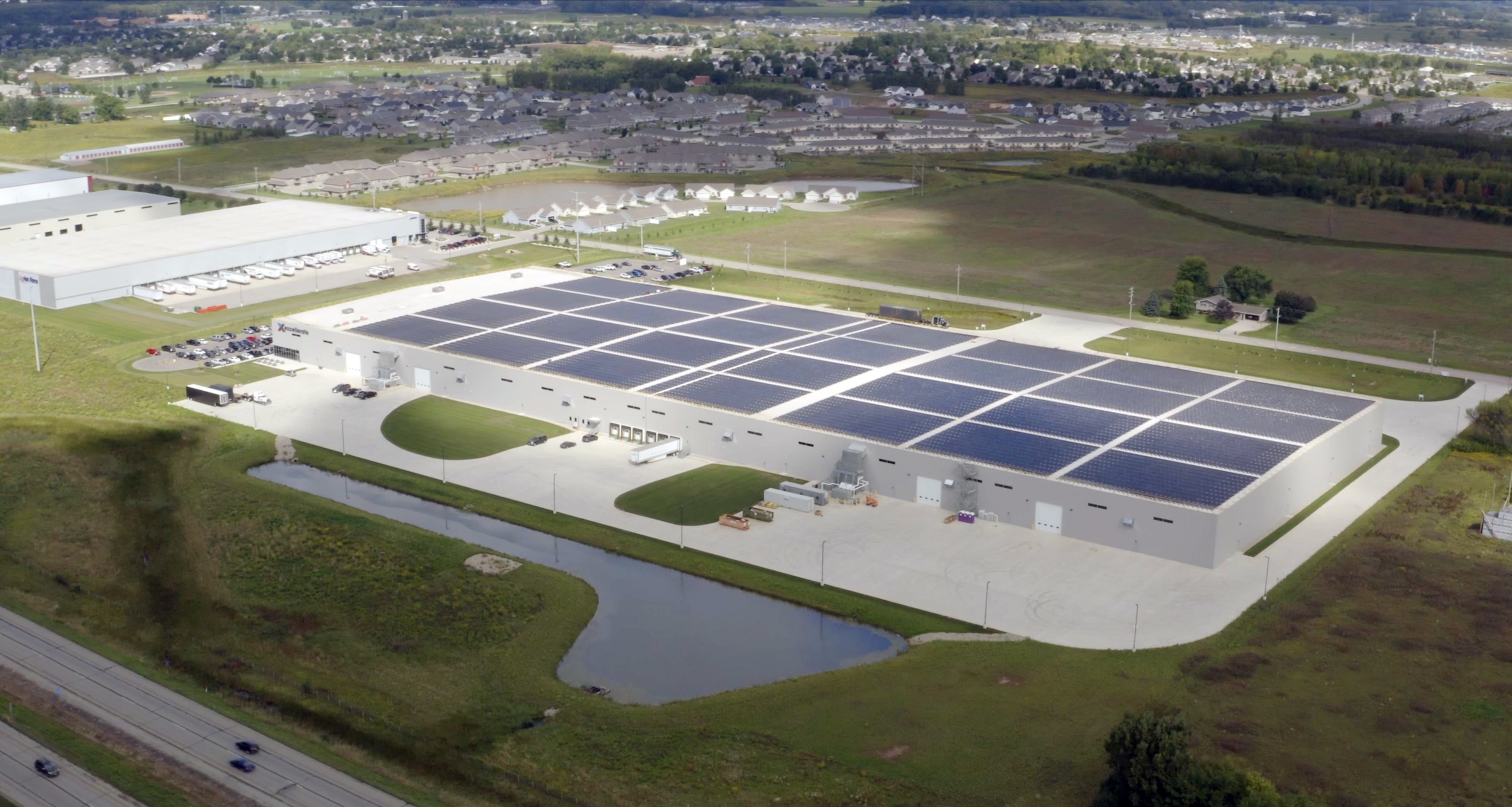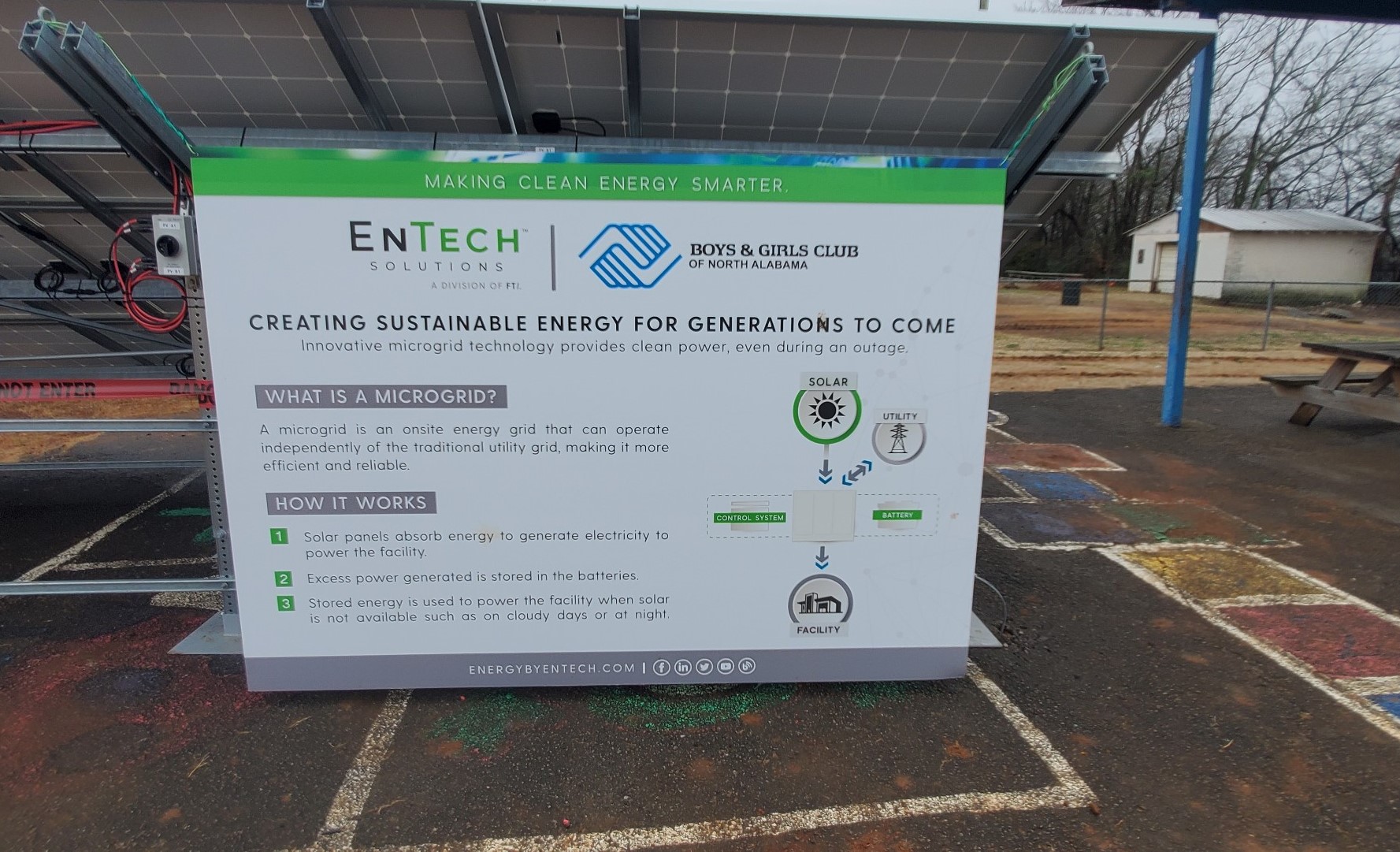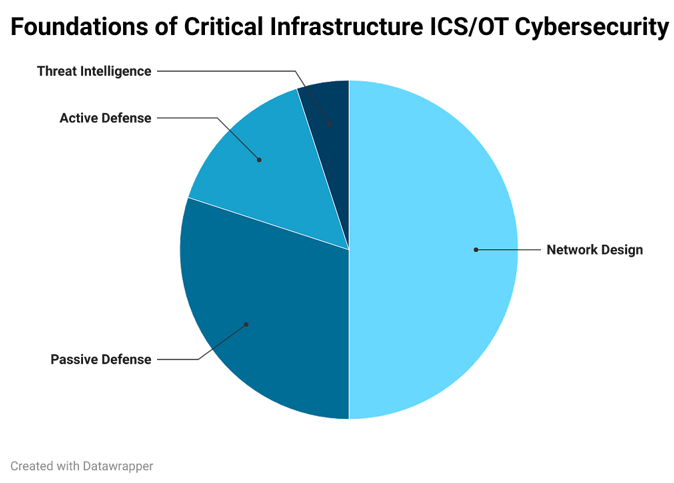
(This is the third in a series of blogs on energy goals; Cost, Resilience and Sustainability.)
The most valuable but often hardest aspects of an energy project to quantify are the sustainability impacts. We regularly see projects where 80% of the benefit of a project is coming from the sustainability improvements achieved. I’ve talked through the “how” of modeling these sustainability impacts in a previous blog , but here I’d like to take a step back and consider how to set your sustainability goals.
The first step to determining your sustainability goals is the “why.” There can be a host of reasons a business takes on sustainability goals. While all are rooted in a desire to protect the environment and natural resources, the desired outcome can have a significant impact on the right approach to setting and achieving that goal. Below are a few of the common drivers for sustainability goals and the impact they may have:
- End-Customer Preference: This is the most challenging path to address and incorporate. Nearly all organizations/buyers are currently indicating a desire to purchase more sustainable products and services, but many are not yet indicating that they are willing to pay more for them. Dancing this knife edge between taking on additional cost and satisfying customers (gaining market share) is a challenge that requires constant revaluation of the right goals. If you find yourself in this situation, we recommend keeping your goals flexible and ensuring projects you execute will meet a wide range of future needs.
- Employee Attraction and Retention and Community Engagement: When a main driver for sustainability is employees and community, you’ll want to emphasize projects that are visible and impact local operations. You may want to consider setting goals around dollars invested in sustainability rather than any specific emissions reductions.
- Marketable Price of Produced Products/Services: This is the best possible scenario for setting sustainability goals. Having monetizable benefit for your sustainability improvements means you can skip directly to the modeling step and determine how you can best deploy your resources to capitalize on this opportunity.
- Market Access and/or Regulatory Requirements: We’re just starting to see the impacts initial market access and mandatory regulatory programs are having on businesses. These vary greatly by geography and industry but, because of their impact, are important to consider when setting your goals. It’s important to determine what is in place now and what is likely to come over the next few years that you should begin preparing for.
Once you’ve determined the driving factor behind the need for sustainability in your organization, you can begin setting goals. Your goals can take a few different forms:
- Percentage Reduction in CO2 emissions by Date: The most common and easiest to communicate, this method does have drawbacks, especially for organizations that are experiencing high growth. If you plan to reduce your emissions by 30% over 10 years, but also grow 30% during that time (with the corresponding increase in emissions), you’ll actually need to decrease your relative emissions by more than 50%.
- Percentage Reduction in Carbon Intensity: This essentially takes your total emissions and measures them in relation to some measure of output for your enterprise. This could be in units of product produced, revenue, square footage of building space, number of employees, etc. The key is to find a metric that aligns with your operations. Using this method can be a bit harder to communicate upfront, but leads to much clearer paths of executing and communicating progress.
- Compliance with Specific Regulatory or Voluntary Framework: This will most often be the case when your sustainability goals are being driving by market access or specific end customer. At this point, there are a number of programs available for a company to validate their sustainability progress.
As with most aspects of success in business, setting clear and achievable goals needs to be the first step. For assistance in thinking through, establishing and achieving these goals, please contact us today.










